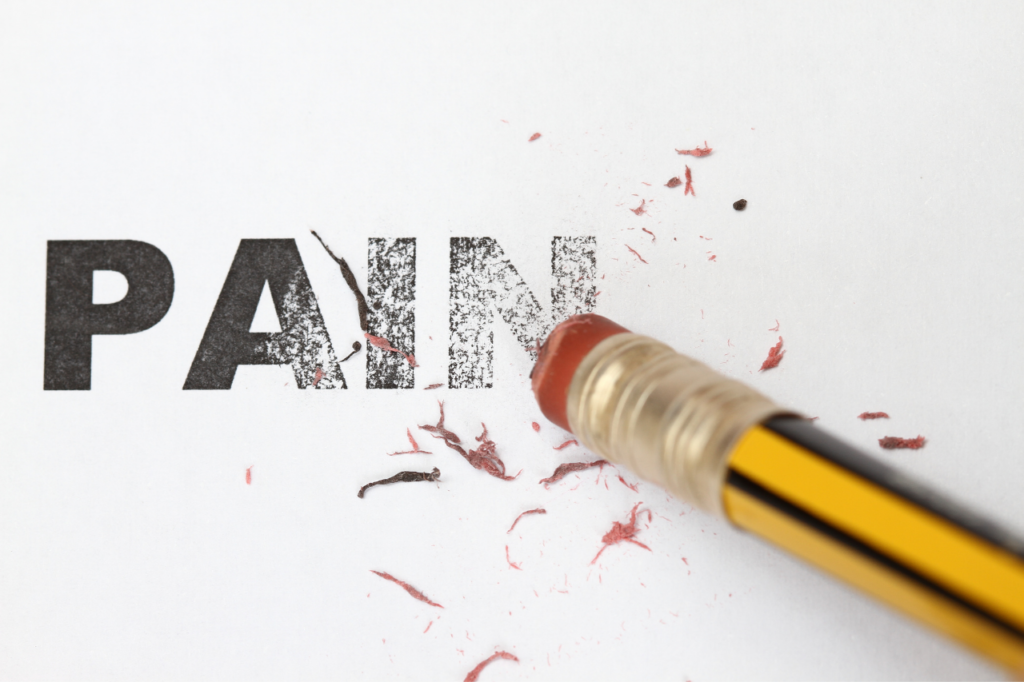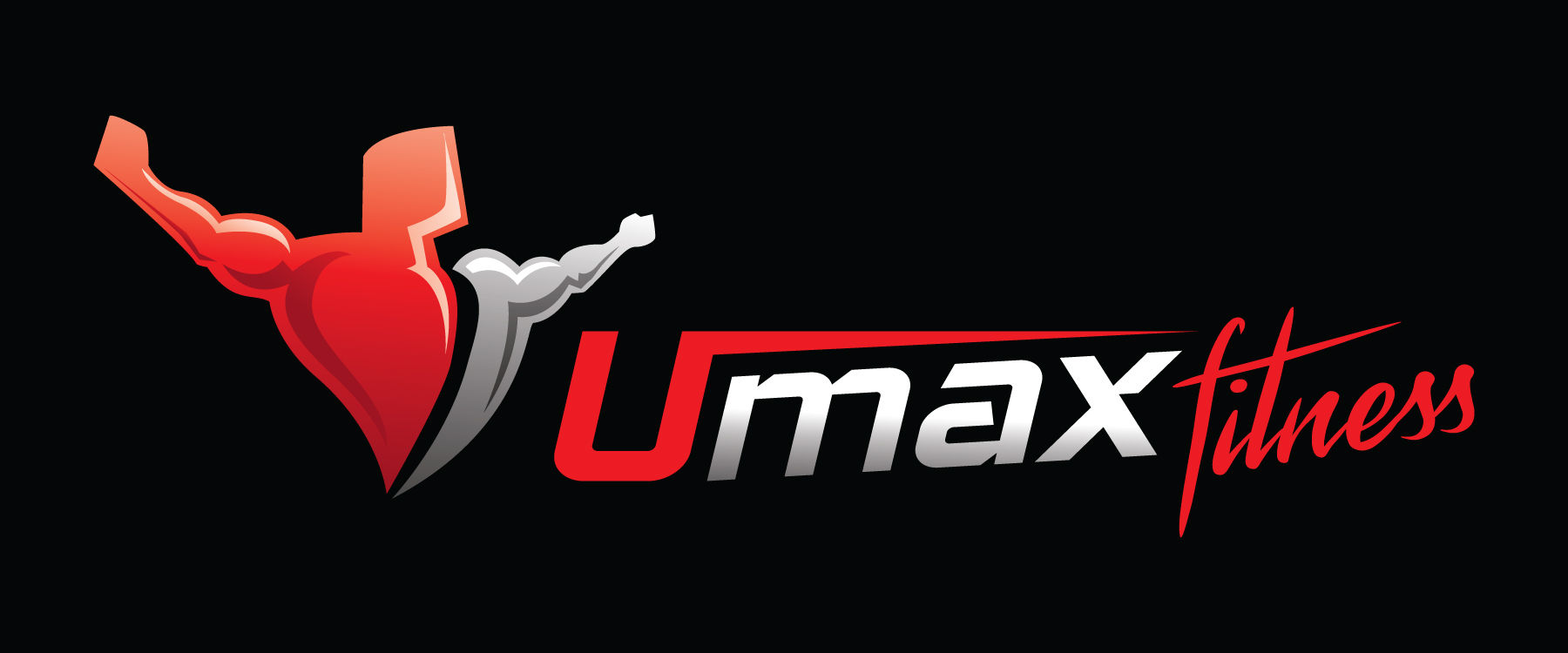If it hurts, stop doing it!
You have made the decision to get fit. You want to look better and feel healthier than ever and to get there you start to move. You go for long walks, you got the bike out, you also went for a swim. Suddenly, you start to feel knee pain and back pain. “That’s normal” you might say and soldier on toward a healthier you. After few months you realise the pain is still there and training makes it worse. What should you do?

Defining body pain
Pain is an unpleasant sensation that can limit a person’s capabilities and abilities to follow a daily routine. It often acts as an early warning signal to alert you that something is not right with your body.
Let’s compare pain to a light on a car dashboard. When a light comes up means something is not quite right and needs immediate attention. If you don’t take care of it, that something might break at any time causing more damage.
Acute pain has a protective function for humans, it teaches us to avoid bodily damage or potentially damaging situations and protects the injured body part while it heals.
If pain remains untreated or treated incorrectly, it may become chronic. If this happens, you should consult your doctor.
Avoid what hurts
At this stage we know that pain is a sign the body gives you to avoid potential damage, so what should you do next?
If walking causes you pain, don’t walk. If squatting gives you knees or back pain, don’t squat. Stop any activity that can aggravate the pain.
Now, that doesn’t mean you have to avoid any activity whenever you are in pain, just stop doing what it hurts so you can take time to analyse what is wrong and take action.
Most of joints or muscle pains are caused by mechanical imbalances. They can be fixed but it can take time and effort. You can go back at your normal activities after you find out what is wrong and change it.

Make a plan
This is where it can get a bit complicated and it requires a massive deal of knowledge. In order to fix pain, you need to perform a number of tests to find out what sort of imbalances you suffer from. You can also try to trigger the pain to help you diagnose your movement issues. If you are unsure about this process, please seek professional help.
Make some notes of your finding and prepare a plan that helps you fix and support the movement. This can be a combination of mobility and strength exercises.
In my PT career I have used 3 books that have helped me with most common pains:
Pain treatment is something that takes time and patience. The general rule is the longer you keep the pain the longer it will take to treat it.
Conclusion
Pain is a sign your body is giving to tell you something is wrong and to stop you causing more damage. Reduce the amount of activity that causes the pain to flare so you can analyse your mechanics. Once you have performed some tests, prepare a plan on how to come out of the pain. Remember this process requires consistency for weeks or months before noticing a great deal of changes.
Let me help you
If you are unsure about what tests to do or you don’t have the time to read all the material linked to this article, feel free to book a consultation and get a full evaluation of your specific case.
